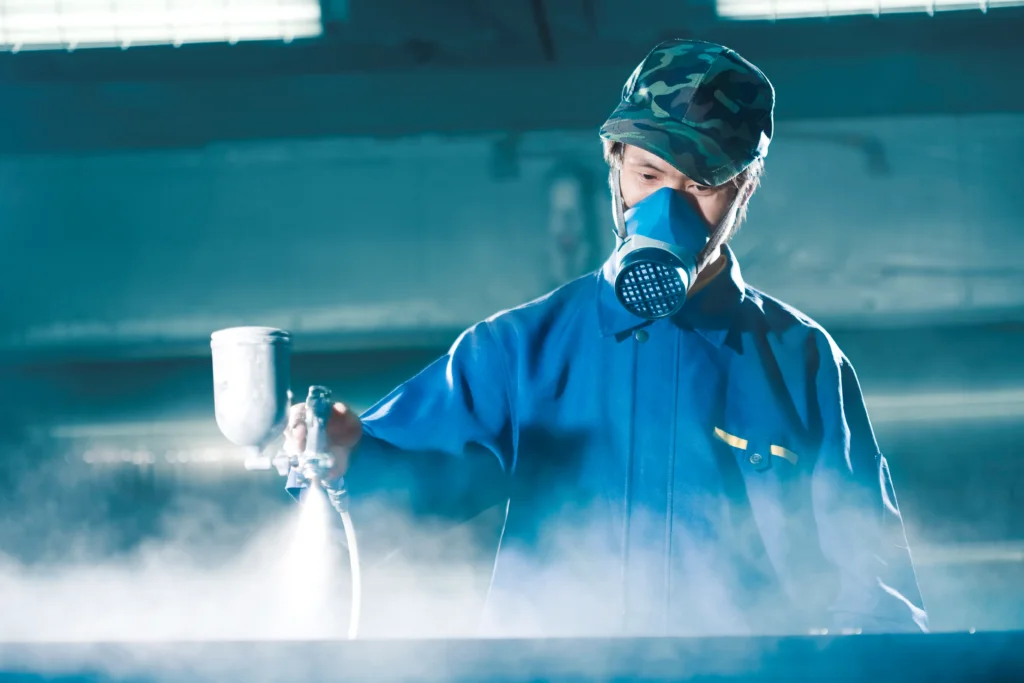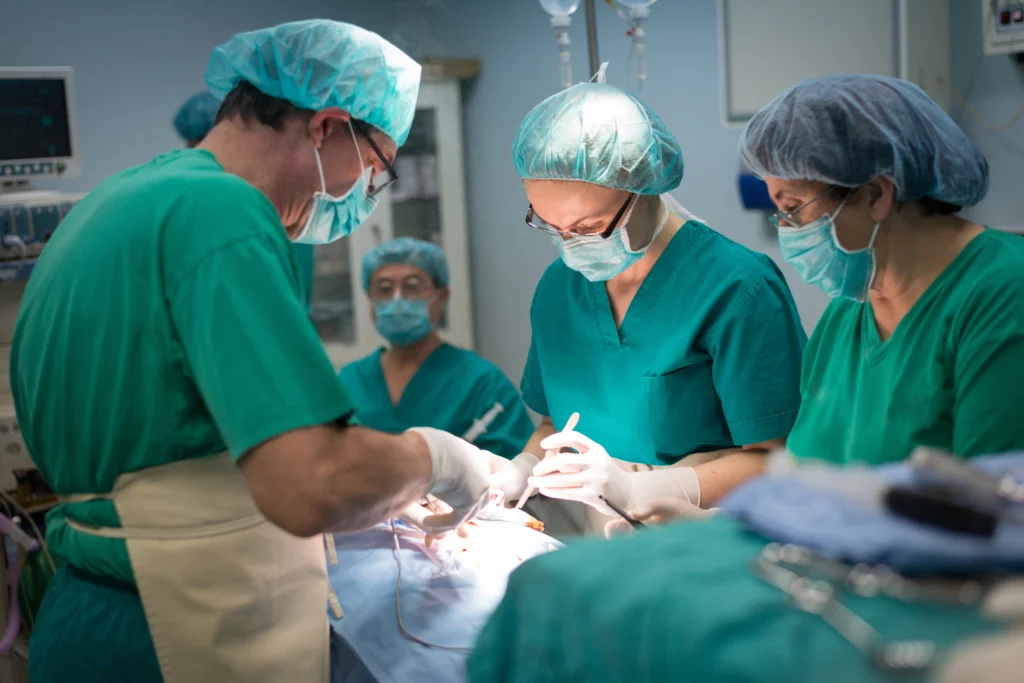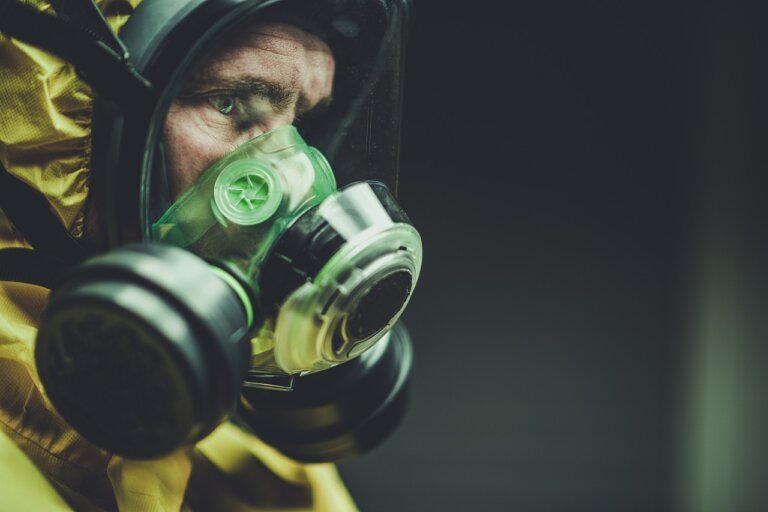Masque charbon actif
.webp)
Acheter du charbon actif en masque
Défis industriels pour le charbon actif dans les supercondensateurs
Contraintes de performance technique
- Saturation de l'adsorption : Le charbon actif perd de son efficacité lorsqu'il est saturé, ce qui nécessite un remplacement fréquent pour maintenir la protection contre les gaz et les odeurs.
- Problèmes d'intégration des matériaux : Les résines liantes réduisent la capacité d'adsorption lorsque le carbone est fixé sur les tissus.
- Résistance à la respiration : Les couches de carbone ajoutées augmentent la résistance à l'écoulement de l'air, ce qui nuit au confort du porteur.
Désalignement du produit
- Matériaux contrefaits : Les faux "masques à charbon" utilisent des tissus teintés au lieu de charbon actif fonctionnel.
- Mauvais positionnement de la couche : Un mauvais positionnement réduit l'efficacité et risque d'entraîner l'inhalation de particules.
- Incompréhension des consommateurs : Les utilisateurs pensent à tort que les masques au carbone protègent contre les particules comme les virus.
Lacunes en matière de santé et de réglementation
- Inquiétudes liées à l'utilisation prolongée : Risque de fatigue respiratoire et d'irritation de la peau en cas d'utilisation prolongée.
- Normes incohérentes : Absence de réglementation unifiée concernant la teneur en carbone, le placement et les tests de performance.
- Compromis de fonctionnalité : La réduction des odeurs est prioritaire par rapport aux besoins essentiels de filtration dans les environnements non gazeux.
types de charbon actif apparentés
-r8fslg51nt6wgjtvh6yldxb1gtkgm3lpe0oq1akgog.webp)
- Valeur en iode : 600-1200
- Taille des mailles : 1×4/4×8/8×16/8×30/12×40/20×40/20×50/30×60/40×70 (autres tailles sur demande)
- Densité apparente : 400-700
-r8fsli0q1h9h3rr567ruiwtynlb71ht629zozuhoc0.webp)
- Valeur de l'iode : 500-1300
- Taille des mailles : 0,9-1mm/1,5-2mm/3-4mm/6mm/8mm(autres tailles sur demande)
- Densité apparente : 450-600
-r8fslbfupn0gui0p8mxgjghqhw7mjm31pdfamwrfjk.webp)
- Valeur de l'iode : 500-1300
- Maillage : 150/200/300/350 (autres dimensions sur demande)
- Densité apparente : 450 - 550
-r8fsle9da54btbwls65c8xs4a1tq6pe8prdr2qn90w.webp)
- Valeur en iode : 400-800
- Taille des mailles : 100×100×100mm/100×100×50mm (densité cellulaire personnalisée sur demande)
- Densité apparente : 350-450
- Diamètre de l'alésage:1.5-8mm

- Indice d'iode : 700-1200 mg/g
- Surface : 700-1200 m²/g
- Densité apparente : 320-550 kg/m³

- Indice d'iode : 700-1200 mg/g
- Surface : 700-1200 m²/g
- Densité apparente : 320-550 kg/m³

- Indice d'iode : 700-1200 mg/g
- Surface : 700-1200 m²/g
- Densité apparente : 300-650 kg/m³

- Indice d'iode : 700-1200 mg/g
- Surface : 700-1200 m²/g
- Densité apparente : 320-550 kg/m³

- Méthode d'activation : Activation par vapeur/gaz à haute température
- Structure des pores : Dominée par les micropores, distribution uniforme des pores
- Profil environnemental : Sans produits chimiques, faible teneur en cendres
- Applications principales : Adsorption en phase gazeuse, purification de l'eau potable

- Méthode d'activation : Activation chimique (par exemple, H₃PO₄/ZnCl₂) à des températures modérées.
- Structure des pores : Riche en mésopores, surface plus élevée
- Efficacité du processus : Temps d'activation plus court, rendement plus élevé 30-50%
- Post-traitement : Lavage à l'acide nécessaire pour éliminer les résidus

- Fonctionnalisation : Chargé d'agents actifs (par exemple, I₂/Ag/KOH)
- Adsorption ciblée : Amélioration de la capture de polluants spécifiques (par exemple, Hg⁰/H₂S/gaz acides).
- Personnalisation : Optimisation chimique pour les contaminants ciblés
- Applications principales : Traitement des gaz industriels, protection CBRN
Pourquoi utiliser notre charbon actif

Efficacité d'adsorption supérieure :
L'efficacité d'adsorption supérieure se caractérise par une structure de pores optimisée qui maximise la capture des gaz, des COV et des odeurs tout au long de la durée de vie du produit.

Formulation de la santé d'abord :
La formulation "Health-first" garantit une pureté de qualité médicale, des propriétés hypoallergéniques et une absence de libération de particules lors de l'inhalation.

Support technique :
La constance des performances assure une protection fiable grâce à des tests rigoureux de la capacité d'adsorption effectués par des tiers.

Efficacité durable :
L'efficacité durable maintient des taux élevés de capture des polluants sans saturation rapide pendant l'utilisation recommandée.

Polyvalence de l'application :
La polyvalence de l'application permet de travailler efficacement dans les environnements industriels, sanitaires et quotidiens en ciblant divers contaminants.
Processus et technologie
1. Protection contre l'exposition aux produits chimiques industriels
Aperçu de la solution
Les masques à charbon actif protègent les travailleurs des secteurs de la fabrication de produits chimiques, de la peinture et de la manipulation de pesticides en adsorbant les gaz dangereux tout en filtrant les particules.

Principaux avantages
- Adsorbe les gaz toxiques : La structure poreuse permet de piéger les solvants organiques, les fumées acides et les vapeurs chimiques.
- Double protection : Combine la filtration électrostatique pour les particules et l'adsorption au charbon pour les gaz.
- Réduction de l'irritation respiratoire : Réduit l'exposition aux gaz irritants.
- Durabilité accrue : Les modèles réutilisables résistent aux environnements industriels très pollués.
2. Gestion des odeurs de la vie quotidienne et de l'environnement
Aperçu de la solution
Ces masques ciblent les polluants atmosphériques urbains et les risques domestiques en adsorbant les composés organiques volatils et en neutralisant les odeurs.

Principaux avantages
- Neutralisation des odeurs : Élimine les odeurs désagréables dues à la circulation, à la cuisine ou à la rénovation.
- Défense multi-polluants : Adsorbe les COV tout en filtrant les poussières grossières et le pollen.
- Conception axée sur le confort : Structures légères avec pinces nasales réglables.
- Options réutilisables : Inserts en carbone remplaçables en cas d'exposition transitoire à la pollution.
3. Sécurité des soins de santé et des laboratoires
Aperçu de la solution
Les couches de charbon actif complètent la filtration des particules dans les milieux médicaux pour adsorber les vapeurs chimiques et réduire les odeurs.

Principaux avantages
- Adsorption des vapeurs chimiques : Protège contre les produits chimiques pharmaceutiques ou les désinfectants.
- Atténuation des risques d'infection : Combine la filtration antibactérienne et l'adsorption de gaz.
- Meilleur respect des règles par le porteur : Une résistance respiratoire plus faible facilite l'utilisation prolongée.
4. Utilisation professionnelle spécialisée
Aperçu de la solution
Utilisé dans les secteurs de l'imprimerie, de l'agriculture et de la métallurgie pour capturer les polluants spécifiques à l'industrie grâce à des formulations de carbone ciblées.

Principaux avantages
- Adsorption spécifique : Les mélanges de charbon personnalisés ciblent des contaminants distincts.
- Filtration combinée des particules et des gaz : Intercepte simultanément les poussières fines et les fumées de métaux toxiques.
- Adaptabilité ergonomique : Garantit l'intégrité du joint dans les environnements de travail dynamiques.

